 Shutterstock
Shutterstock
Before social media influencers and celebrity entourages, aristocrats had their status symbols—velvet robes, jeweled goblets, and, yes, tiny dogs that were royalty in fur coats. These small breeds weren’t just pets—they were fashion accessories, political gifts, and lap-warming companions to kings, queens, duchesses, and empresses alike. You didn’t just own one of these dogs—you were granted the privilege of basking in its fluffy presence. With dainty paws, luxurious coats, and attitudes that screamed, “I have my chambermaid,” these dogs lived in luxury long before the term “doggy spa” was invented.
Pekingese
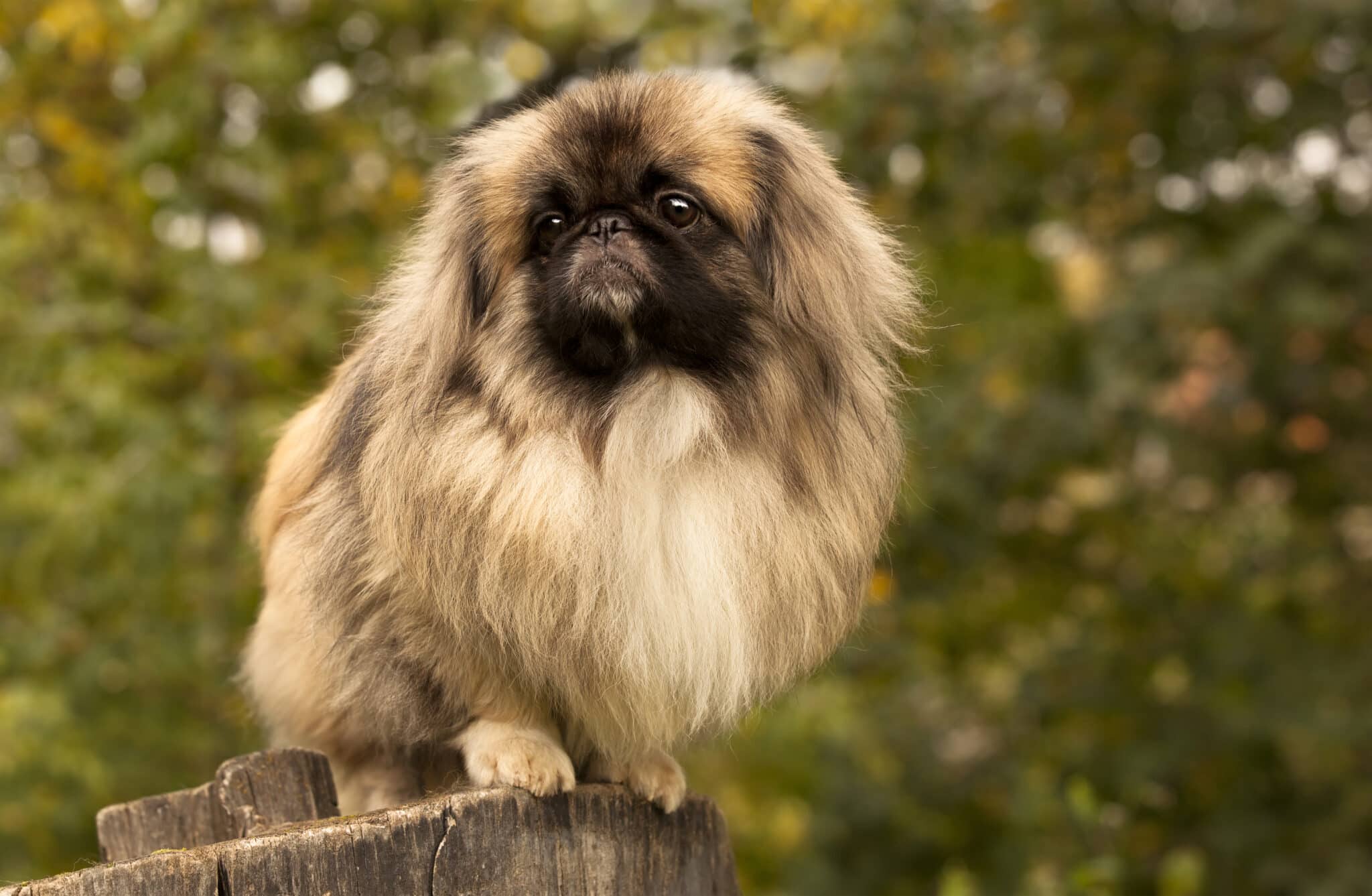 Shutterstock
Shutterstock
The Pekingese was once considered so sacred in imperial China that only members of the royal family were allowed to own one. These compact dogs were bred to resemble lions—a symbol of spiritual protection—and were often seen as manifestations of mythical beings. Pekingese lived in palaces, were carried in the sleeves of robes, and were known to have their own guards. Stealing one could result in severe punishment, which shows how elite these little dogs were. Basically, they were four-legged deities who let humans live near them.
Papillon
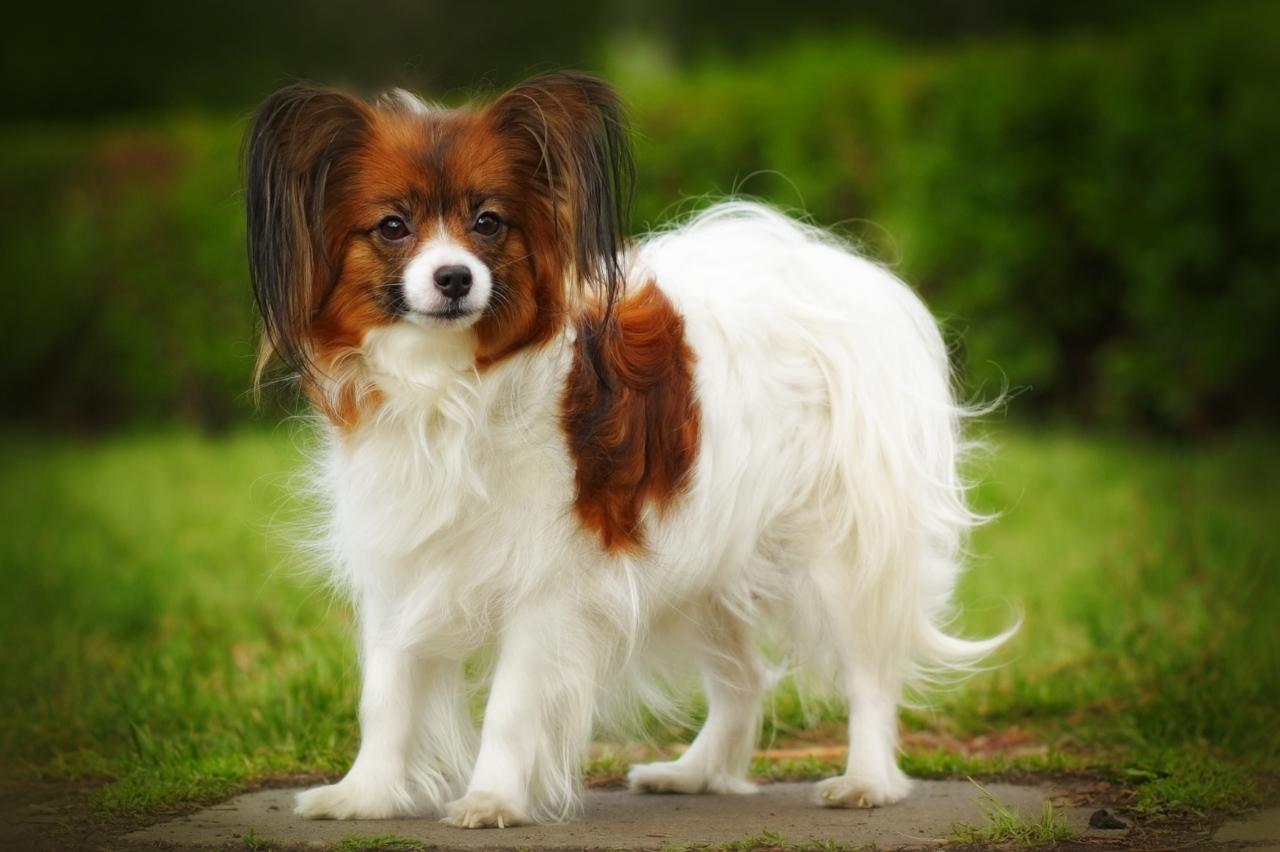 Shutterstock
Shutterstock
Papillons were beloved by European aristocrats, especially in France and Italy during the Renaissance. Their name means “butterfly” in French, inspired by their wing-like ears that added extra elegance to their already charming presence. They appear in countless paintings lounging on the laps of queens and noblewomen, looking like they’re about to judge your table manners. These dogs were bred for companionship and were a favorite among ladies of the court, who adored their intelligence and flair. If there were royal balls for dogs, the Papillon would be the one waltzing flawlessly and wearing pearls.
Japanese Chin
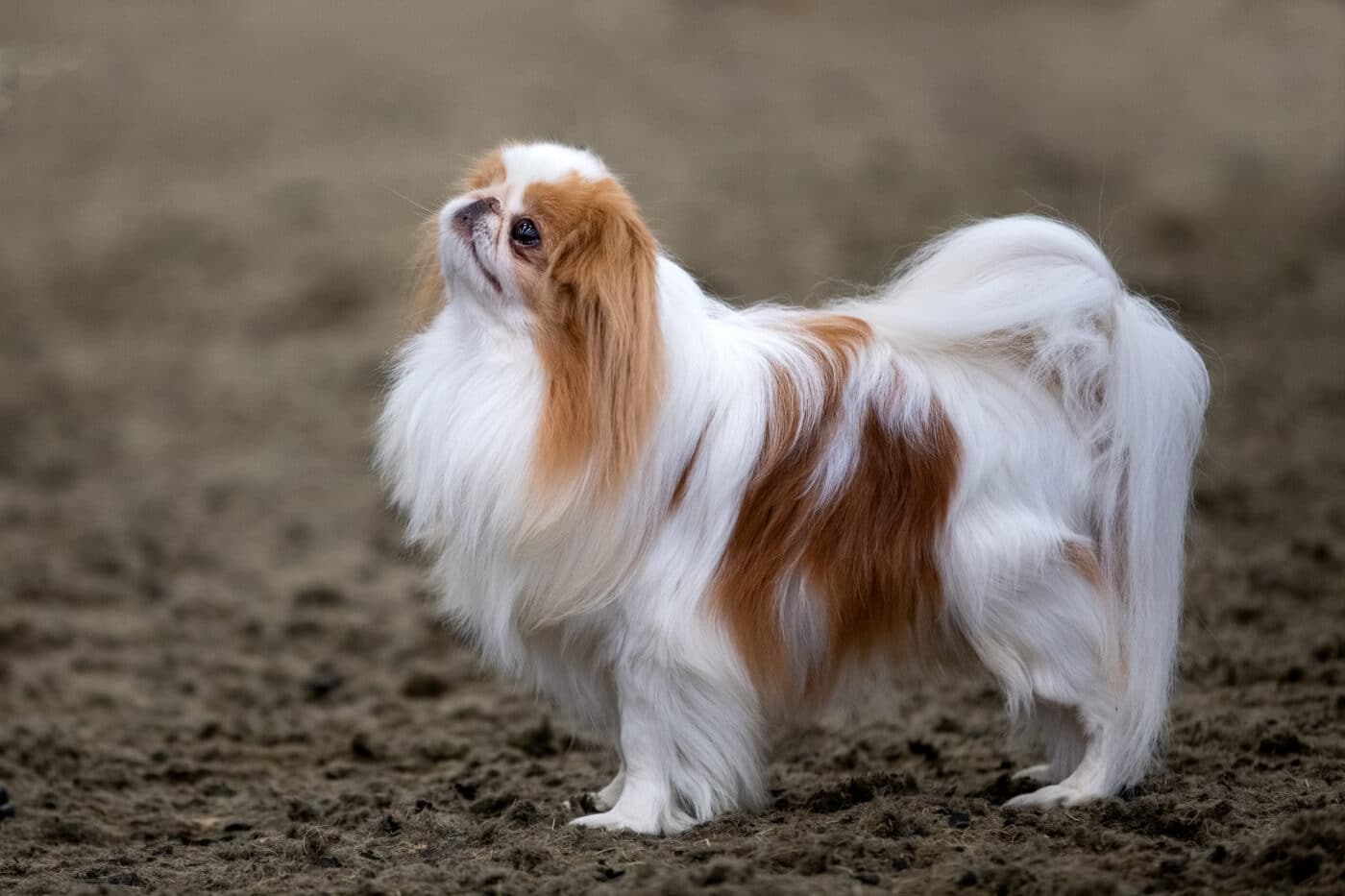 Shutterstock
Shutterstock
The Japanese Chin was a treasured companion in the imperial courts of both Japan and China. This breed was highly refined, often treated more like a rare piece of art than a typical pet. Bred for grace and elegance, Chins were carried around in silk slings, taught to perform charming little tricks, and were known to “clean” themselves like cats. Aristocrats loved them for their polite, almost regal demeanor and ability to win hearts with a single soulful blink. They didn’t walk across palaces—they floated.
Maltese
 Shutterstock
Shutterstock
The Maltese has been a status symbol since ancient Roman times and was especially adored by European nobility during the Middle Ages and Renaissance. Known for its long, flowing white coat and gentle nature, this breed was often gifted among royals as a symbol of peace, love, and “look how fancy I am.” Aristocratic ladies adored these dogs as lap warmers and fashion accessories, often brushing their coats with ivory combs. If the Maltese could talk, it would probably say, “This peasant air is ruining my hair.”
Cavalier King Charles Spaniel
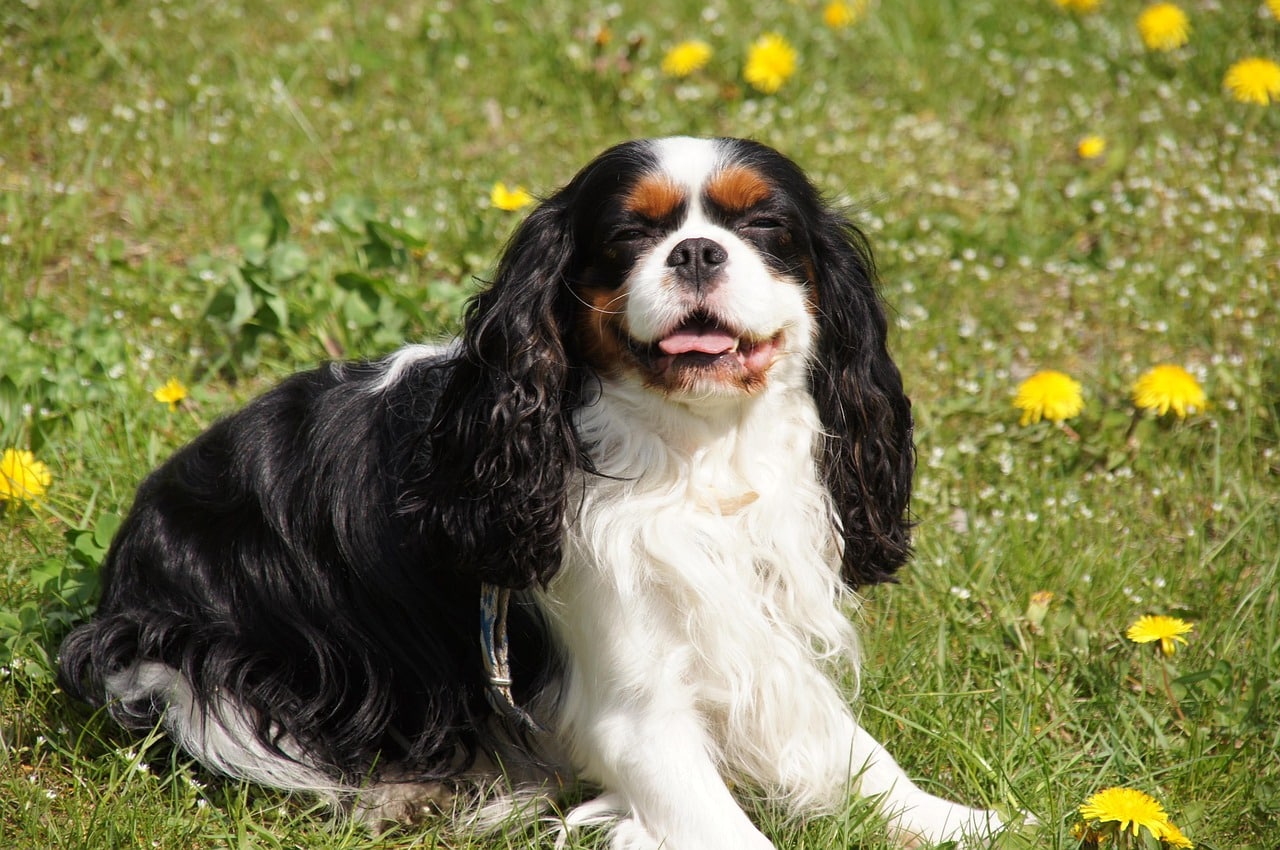 Shutterstock
Shutterstock
This breed literally has royalty in its name. The Cavalier King Charles Spaniel was a favorite of King Charles II of England, who reportedly allowed his beloved spaniels free rein in royal chambers—even during official business. Known for their affectionate nature and silky coats, they were ideal companions for the upper class who wanted love without the drama. These dogs didn’t just sleep on silk—they probably helped design it. Whether perched on a velvet cushion or cuddled in a queen’s lap, they lived lives we can only imagine.
Bichon Frise
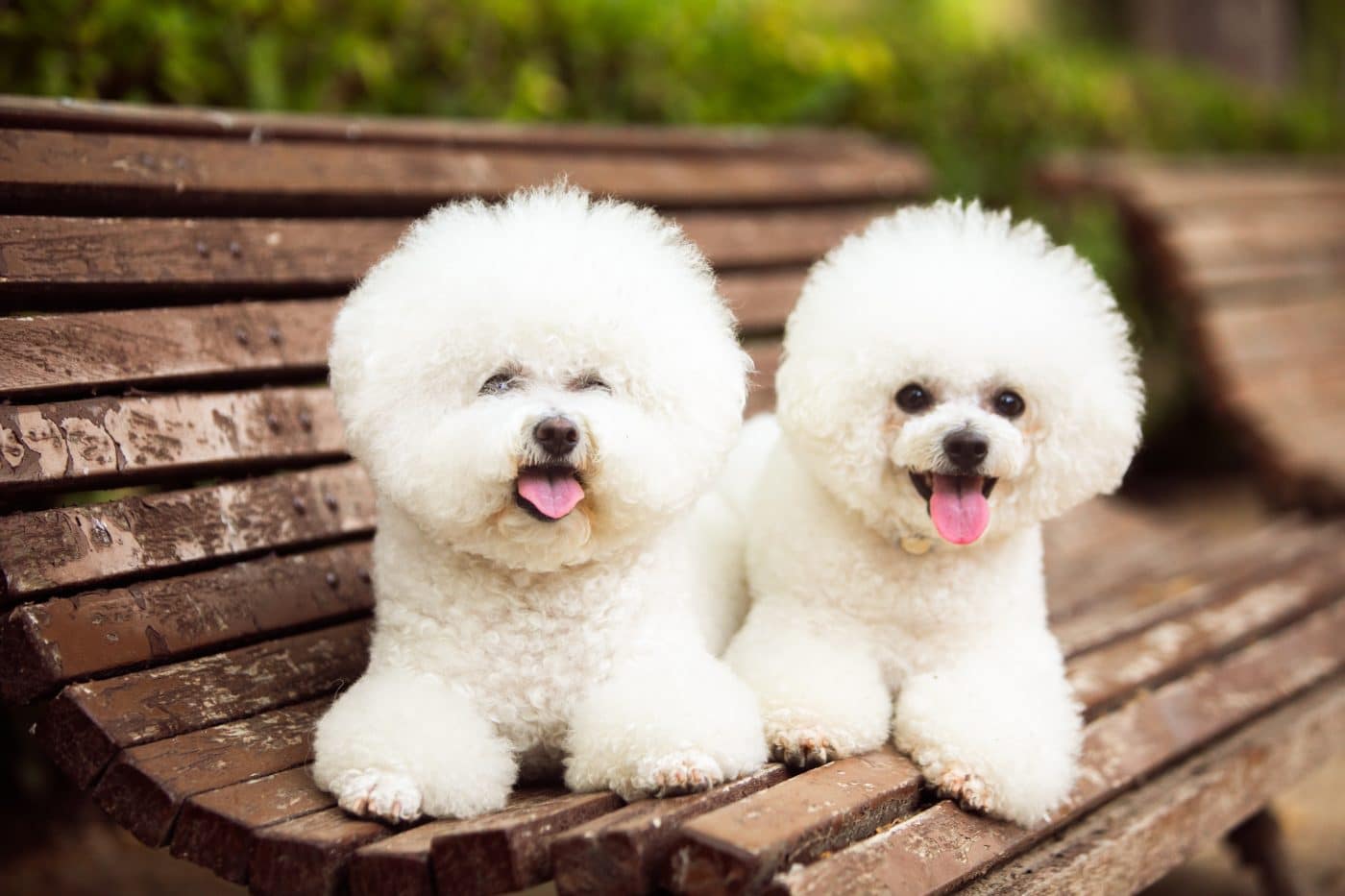 Shutterstock
Shutterstock
The Bichon Frise was a favorite among French and Spanish nobility, often found flouncing through the corridors of royal estates like they owned the place—because, in a way, they did. With their cloud-like coats and bubbly personalities, Bichons were bred to charm and entertain. They were frequently groomed in intricate styles and even appeared in circuses for the aristocracy. These dogs were known to bring joy and laughter to royal courts, especially when humans needed a distraction from, say, impending revolution. If a dog could wave a fan and sip champagne, it would be the Bichon.
Italian Greyhound
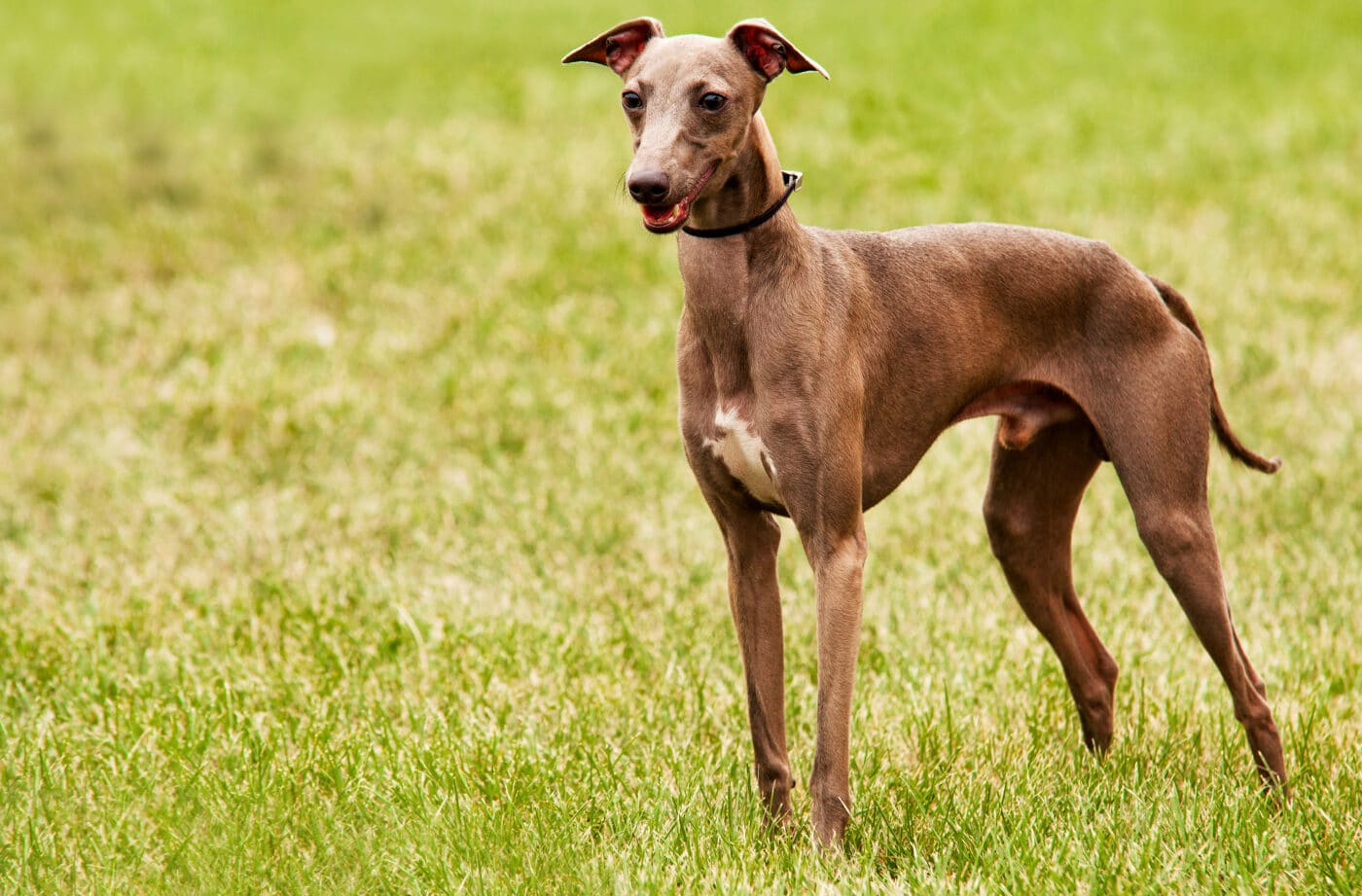 Shutterstock
Shutterstock
These sleek, elegant dogs were the toast of European courts, especially in Italy during the Renaissance. Italian Greyhounds were admired for their delicate appearance and noble temperament. They were often painted alongside royalty and wrapped in velvet when not prancing across marble floors. Known to cuddle under royal gowns and lounge-like miniature sculptures, these dogs brought sophistication to a new level. If there were an award for “Most Likely to Have a Personal Tailor,” this breed would win paws down.
Chinese Crested
 Shutterstock
Shutterstock
With their unique, often hairless appearance, Chinese Cresteds were beloved by noble courts for their looks and warmth—literally. Aristocrats kept them as stylish lap heaters, particularly in colder climates or chilly castles. They were often gifted between wealthy households as symbols of refinement and eccentric elegance. These dogs didn’t just turn heads—they stopped conversations. If Marie Antoinette had a hairless dog with a designer coat, you can bet it was a Crested.
Shih Tzu
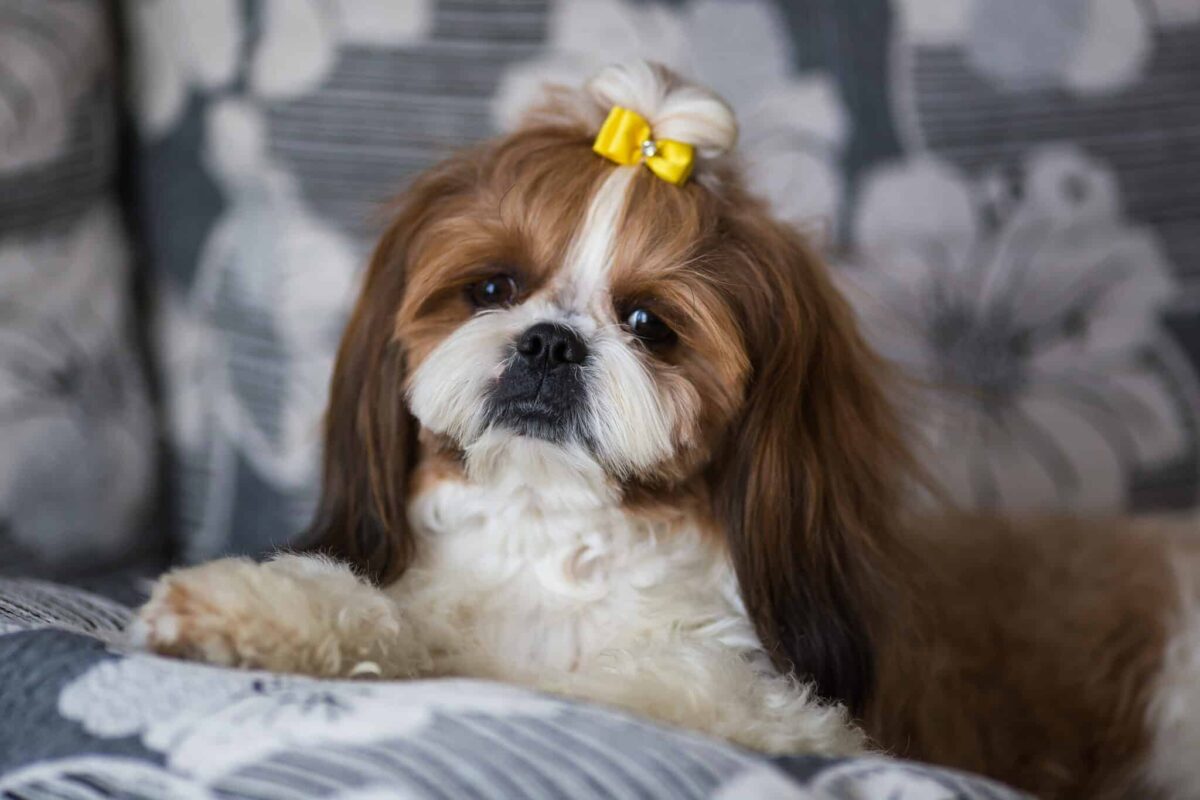 Shutterstock
Shutterstock
Bred exclusively for Chinese royalty, the Shih Tzu was a palace-dwelling fluffball believed to have descended from sacred lion-like temple dogs. They were so important to the imperial household that breeding them outside the palace was forbidden for centuries. Shih Tzus were pampered, perfumed, and sometimes even assigned their own servants. With their flowing coats and confident strut, they embodied luxury and divine entitlement. You don’t walk a Shih Tzu—they allow you to escort them through their empire.
Löwchen
 Shutterstock
Shutterstock
The Löwchen, or “Little Lion Dog,” was adored by European aristocrats, especially in France and Germany. Known for their lion-like grooming style and friendly nature, these dogs were often found in the salons of noblewomen. Their unusual haircut (think mane in front, party in the back) made them an immediate conversation starter at any court event. Löwchens were so rare and beloved that they were once considered one of the rarest breeds in the world. Their entire vibe is “tiny, but make it couture.”
Pomeranian
 Shutterstock
Shutterstock
Pomeranians may be pint-sized today, but their royal lineage goes way back—especially to Queen Victoria, who was obsessed with them. She’s the one who popularized the smaller version of the breed we know and adore now. These dogs were fashionable, feisty, and full of personality, making them perfect for the spotlight. Aristocrats loved that Poms could fit in their laps, bags, and hearts—all while still managing to boss everyone around. They weren’t just companions; they were little monarchs with fur.
Brussels Griffon
 Shutterstock
Shutterstock
With a face that looks like it has opinions about everything, the Brussels Griffon became a favorite of 19th-century European aristocracy. These expressive little dogs were known for their human-like eyes and quirky charm. Queen Henrietta Maria of England was one of many nobles who adored them. Griffons were seen as intelligent, fashionable, and slightly dramatic—perfect for aristocratic circles. Their resting judgment face could rival that of any royal grandmother.
Russian Toy
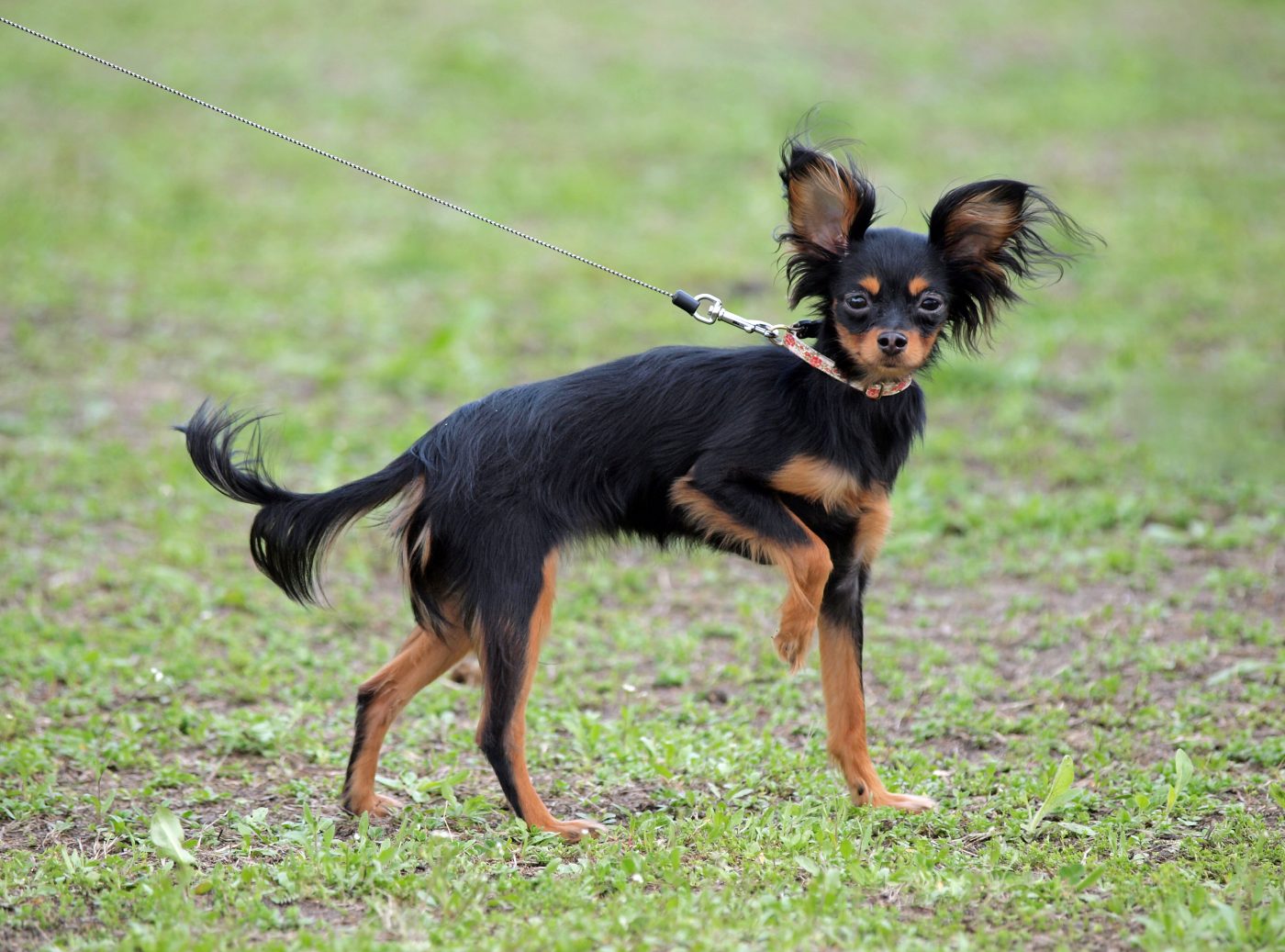 Shutterstock
Shutterstock
The Russian Toy was developed for the Russian aristocracy as a status symbol of refined taste and luxury. With their petite frame, large eyes, and long fringe-like ears, they were bred to be charming lap companions with a playful twist. They often attended lavish parties, snuggled under fur stoles, and received hand-fed meals better than most royal chefs could prepare for actual humans. Their elegance and sass made them a must-have among the upper crust. If Fabergé eggs had legs and barked, they’d be Russian Toys.
The Royal Court Of Canine Sass
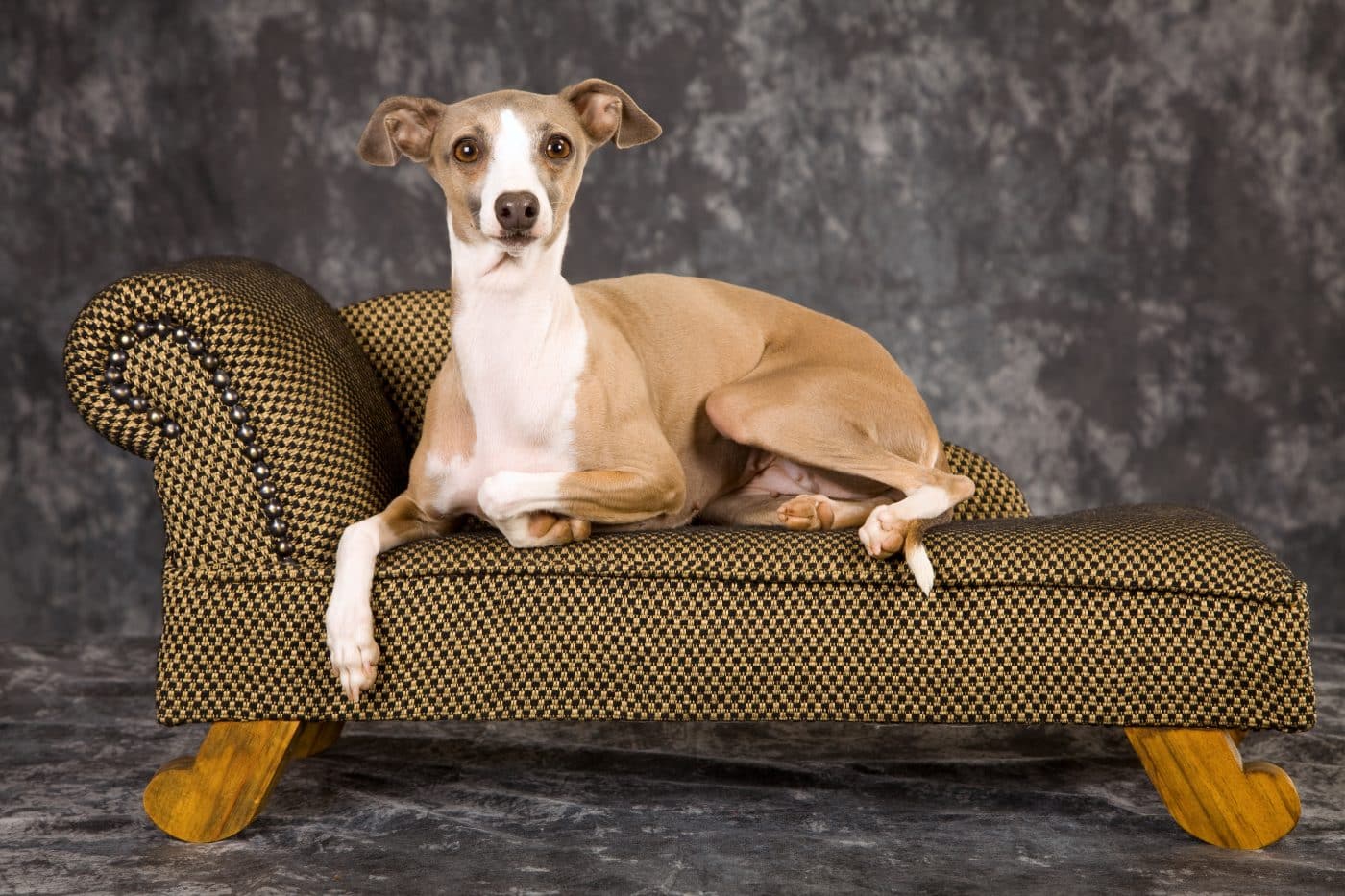 Shutterstock
Shutterstock
These tiny dog breeds didn’t just enjoy luxury—they practically authored the royal rulebook on how to do it with flair. Dripping in elegance and a healthy dose of sass, they kept nobles enchanted and courtiers slightly terrified of their judgmental side-eye. With every delicate paw step across silk rugs or marble floors, they reminded everyone who the real aristocrats were. These pups weren’t accessories—they were fashion statements with fur. And truthfully, many still carry themselves like their next snack should be served on a silver platter.
 Toledo, United States.
Toledo, United States.
